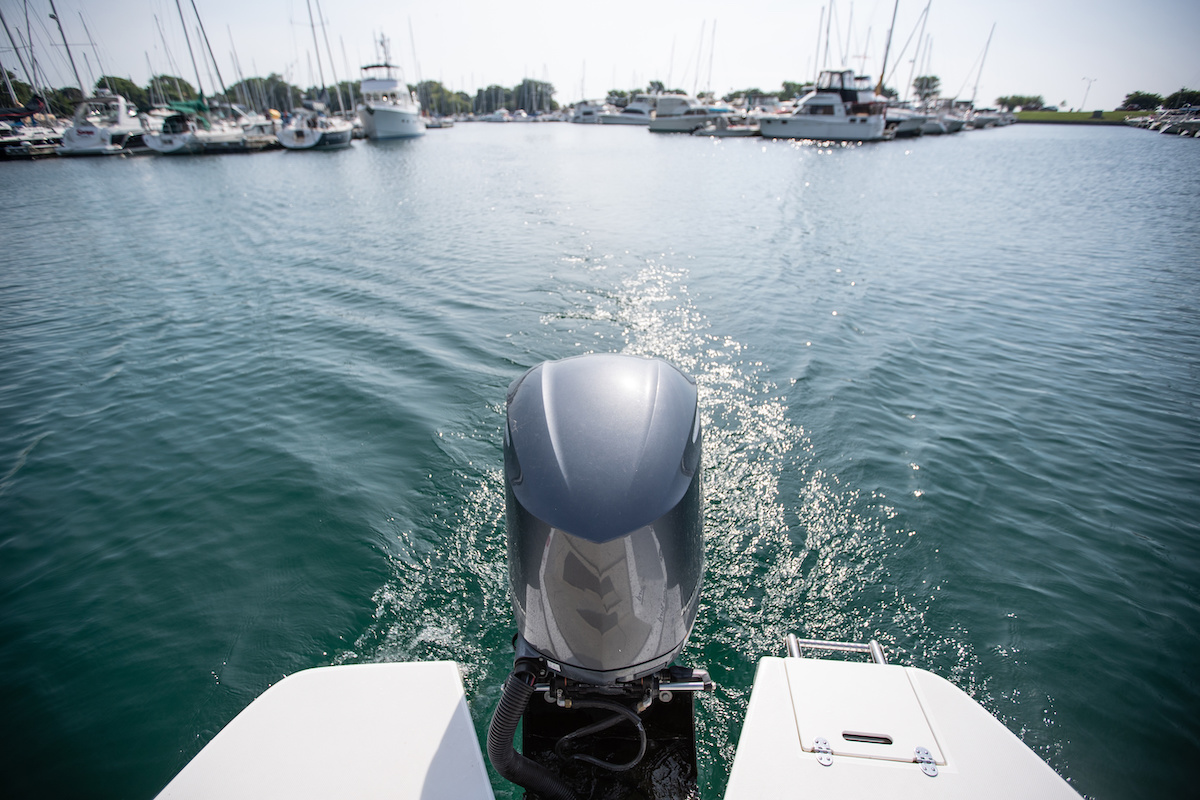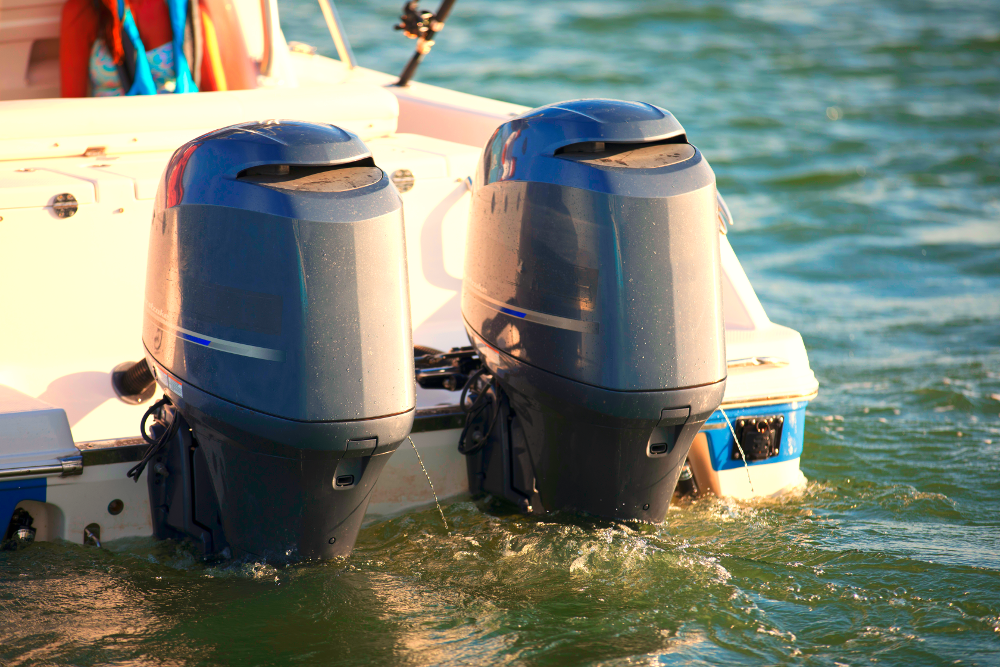Are you familiar with the boat bellows? These flexible gaskets protect your boat’s internal systems from getting wet, making them vital to your boat’s operation.
For this reason, all boaters need to understand what they are, what they do, and the signs they need replacing. If you avoid replacing them, you could cause major damage to your boat.
As leaders in the boating industry, we’re covering everything you need to know about boat bellows in today’s blog post. Stay tuned for a comprehensive overview of what they are and some signs they need replacing.
What Are Boat Bellows?
Upon hearing the word, many people think of a device that blows air to keep a fire lit.
While boat bellows have that same accordion shape, they function differently on the water. They are flexible baskets that prevent your boat’s engine and internal systems from getting wet. They have a watertight seal to prevent rusting, and their accordion shape provides flexibility.
Bellows are necessary because boats use an open-water cooling system. This means they dump heat from the engine outside, which keeps the engine cool. However, while this system is fantastic at its job, it leaves some engine components vulnerable to water. As you can probably guess, that’s where properly functioning boat bellows come in.
What Are the Different Types of Boat Bellows?
As we mentioned, these gaskets offer protection from moisture and debris, and they provide flexibility. On boats, bellows are located around the shift cable, U-joints, and exhaust. Instead of inboards or outboards, bellows are located on stern drives. Additionally, they contain a pesticide that prevents wildlife from biting the rubber elements.
Signs Your Bellows Need Replacing
Bellows protect your boat from major damage. So, if they aren’t functioning as they should, this could cause significant damage to your boat. Here are some signs you should get them replaced as soon as possible:
- Boat leaking: As you probably know, boats shouldn’t take on water. Therefore, if your boat is leaking, a loose gasket or crack might be the answer.
- Loud noises: Hearing loud noises while driving your boat might indicate a problem with the gimble bearing and U-joint bellows. If you hear loud noises, check these immediately to see if they're the culprit.
- Shifting problems: Having trouble shifting is another indicator that your bellows might need repairing or replacing.
- Overheating: If your boat is overheating, the exhaust bellows might need to be fixed.
How to Replace Your Bellows
Experienced DIYers can handle the replacement process themselves. However, the expertise of a boat mechanic will ensure the process goes smoothly. And once you start replacing one, you might as well replace them all (they will probably need a replacement soon).
If you'd like to try replacing them yourself, we'll provide you with a step-by-step guide. With the right tools and expertise, the process should go smoothly:
1. Remove the Drive
The first step in the replacement process is putting the boat in the right gear. If your shift is located on the right side of your boat, put the gear in reverse. If it’s not, push the gear forward.
The next step is to remove your boat’s prop and release the trim cylinder. Be careful as you do so, and don’t allow the skeg to hit the floor when the drive drops. Finally, remove the bolts placed on the outdrive and the housing surrounding the exhaust. Turn the unit port side for easy access and use a hinge pin tool to access the shift cable. Now, you can access the bellows.
2. Replace the Exhaust Bellows
To replace this type, you’ll have to remove both end clamps, cut the old bellows out, and clean the forward mount. Then, return the clamp to the adhesive and use an expander tool to replace them. When you replace the front clamp, make sure all screws are face down.
3. Replace the U-Joint Bellows
The process for replacing the U-joint bellows is similar to replacing the exhaust bellows. However, you must also check and replace the gasket and O-rings. Of course, it’s also a good idea to check the housing for rust and debris and clean it if necessary.
4. Replace the Shift Cable Bellows
If you’re replacing the shift cable bellows, you should be happy to hear it’s the easiest replacement process.
While the setup is similar to the ones above, the components are smaller and easier to handle. All you have to do is remove the clamps, clear the housing, and replace the bellows.
Final Thoughts
So, as you can see, the bellows are necessary to keep your boat operating as it should. And if you didn’t know before, we hope this blog post helped you understand what they are, how to take care of them, and why they're so important.
Although maintaining your boat can seem complicated or expensive, taking care of tasks like this is imperative to keeping your boat running for years to come.


